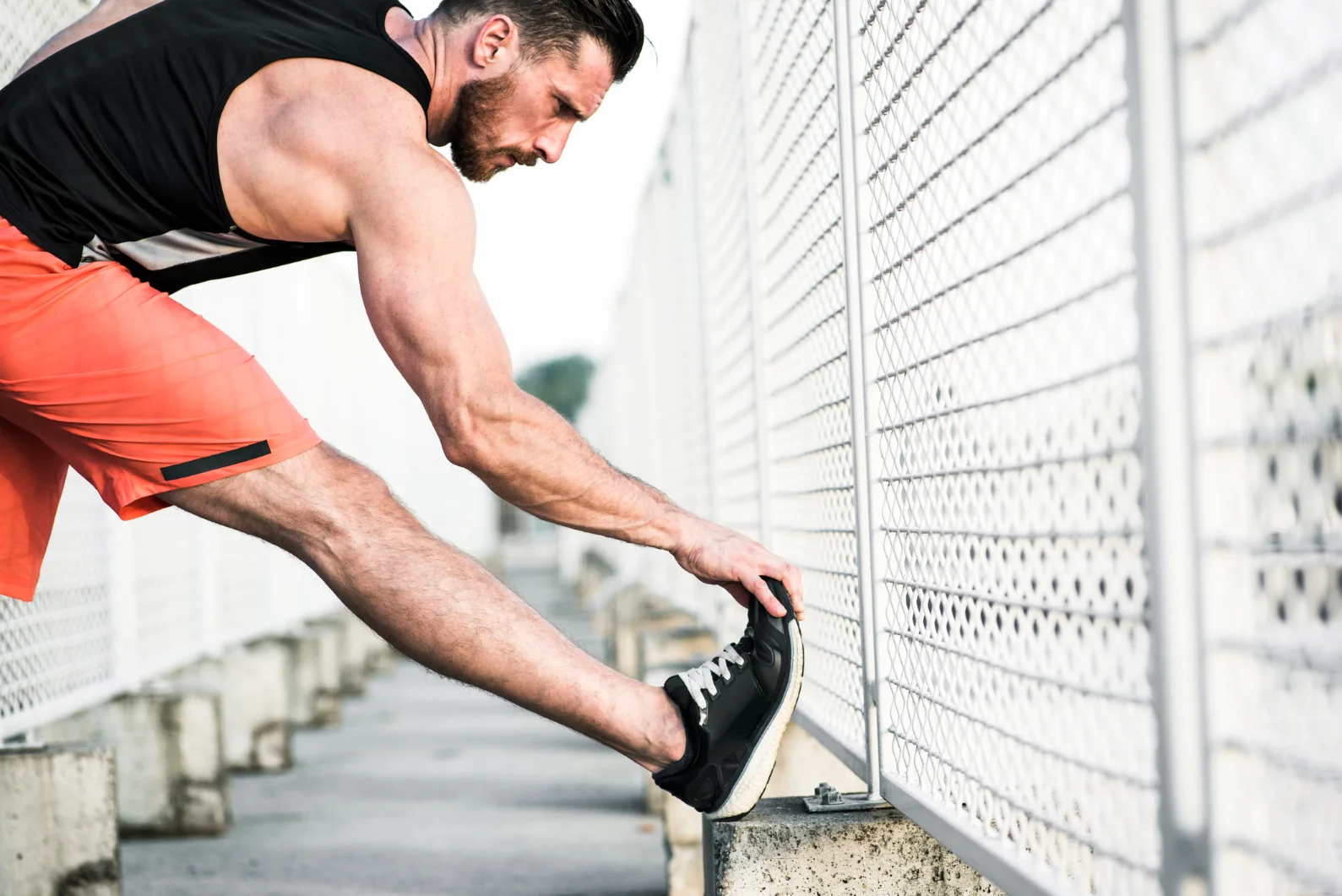
Achilles Tendon Pain
Summary
The Achilles tendon connects the muscle of your calf to your heel bone. This tendon helps you move your foot when you run, walk, climb or jump. For active individuals, an injury to the tendon, known as Achilles tendinopathy, is common. Treatments include physiotherapy and shockwave therapy. The White House Clinic has 14 locations across South Yorkshire, North East Derbyshire and Nottinghamshire. Physiotherapy for Achilles tendinopathy is available at all clinics; Shockwave therapy is available at our Sheffield West, Sheffield East and Chesterfield clinics.
An overview of Achilles tendinopathy
When the Achilles tendon is overused or experiences a sudden change in load, it can become painful, and stiff. While activity can cause it, so can a sedentary lifestyle. The injury is called Achilles tendinopathy.
Symptoms of Achilles tendinopathy
Achilles tendinopathy can cause uncomfortable and painful symptoms, including:
- Heel pain: this can be sharp pain or a dull ache that is worse with pressure or after activity
- Stiffness: the movement is stiffer in the morning or after a period of rest
- Tissue thickening: this can occur at the back of your ankle
- Tenderness: it may feel tender to the touch
- Grating or creaking: when you move your ankle, you may hear a noise
Causes of Achilles tendinopathy
While you may experience Achilles tendinopathy following a period of activity, it can also happen if you lead a sedentary lifestyle or as part of getting older.
Often, overuse causes the condition. Any sports or exercise that puts stress on the Achilles can cause the condition, including running, football, jumping, dancing, tennis, and gymnastics.
You could be more at risk of Achilles tendinopathy if you wear the wrong footwear for the activity, haven't trained adequately, increase the volume or intensity of exercise too soon, or train on hard or uneven surfaces.
While physical activity can increase your risk, other factors can also make you more susceptible to the condition. These include:
- Age
- Smoking
- Diabetes
- Family history
- Past injury
- Being overweight
When to see someone for Achilles tendinopathy
Achilles tendinopathy won't go away with rest. To recover, you may need to modify your normal daily activities slightly or take breaks. A physiotherapist can assess your ankle and guide you on the exercise level you should be working at, as well as recommend any exercises to include in your workouts.
What to do if you have Achilles tendinopathy
If you think you have Achilles tendinopathy, a physiotherapist can give you exercises and guidance on optimal recovery.
While waiting for an appointment, you should modify or stop the activity that triggered the condition. You can also apply ice packs for 10-15 minutes every few hours to ease pain.
Continue to put weight on your leg and perform gentle calf exercises. If you still want to exercise, swimming and cycling (with a correct saddle position) wouldn't put too much stress and pressure on the injury.
When the pain has eased, you can restart your normal activities. However, build up gradually and avoid running on slopes until the pain has gone completely. You should also include a good warm-up and calf stretches in your routine.
Treatment for Achilles tendinopathy
Take a break
While you should continue with your daily activities as much as possible, it's important to rest from the activity that caused the symptoms.
Physiotherapy
A physiotherapist will give you bespoke advice on your training, exercises and stretches. Performing stretches and exercises for the Achilles tendon and surrounding muscles builds strength and regains function.
Shockwave Therapy
Shockwave therapy uses high-energy sound waves to stimulate healing in damaged tendons and tissues. It increases blood flow, reduces pain, and accelerates the body’s natural repair process, making it an effective treatment for chronic conditions like Achilles tendinopathy.
Who's affected?
Achilles tendinopathy is estimated to affect more than 150,000 people in the UK every year. It is most prevalent in runners, especially middle-distance and long-distance runners.
Reducing the risk of Achilles tendinopathy happening again
Achilles tendinopathy is frustrating, particularly when the pain prevents you from training or doing things you love. To avoid it in the future, ensure you wear the right shoes for your activity and gradually build up new activities. Before you exercise, warm up and stretch your calf muscles as part of the cool down.












